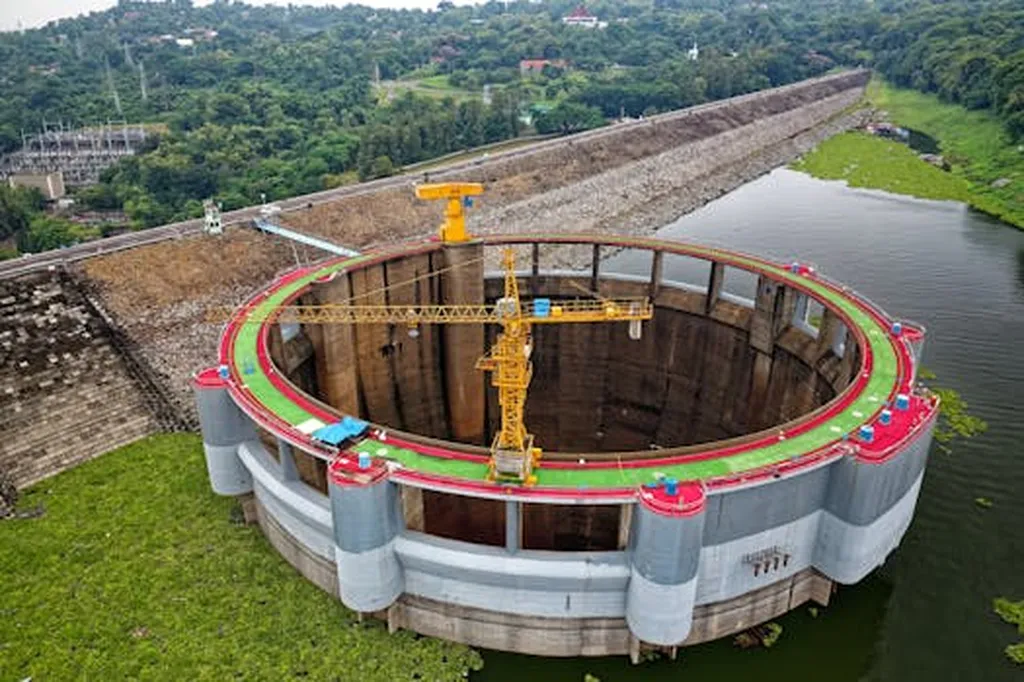In the quest for affordable and efficient renewable energy solutions, a team of researchers led by Ruben Dario Solarte Bolaños from the Federal University of Santa Catarina has made a significant stride. Their work, published in the journal *Discover Applied Sciences*, focuses on a frugal approach to hydrostatic transmission (HST) design, specifically tailored for off-grid electricity generation from low water heads. This innovation could reshape how we harness small-scale hydropower, making it more accessible and cost-effective.
Hydrostatic transmissions are not new; they’ve been used in various industrial applications, from aerospace to agricultural machinery. However, Solarte Bolaños and his team have adapted this technology for micro-hydroelectric power plants, which typically generate up to 17 kW of output power. The key to their success lies in simplifying the design. “Unlike systems designed for larger turbines, our approach minimizes complexity by employing a single accumulator and eliminating auxiliary charging circuits,” explains Solarte Bolaños. This frugal design not only simplifies components but also lowers costs, making it ideal for compact and affordable energy systems.
The team’s mathematical model and simulations analyzed critical parameters such as pressure, flow rate, angular velocity, and solenoid valve activation. The results are promising: the HST can maintain a suitable angular velocity range with minimal valve activations and deactivations, even with changes in the input angular velocity of the hydraulic pumps. This stability is crucial for reliable energy generation.
One of the most exciting aspects of this research is its versatility. The HST design features a four-pump configuration where pumps can either share the same shaft or operate independently. When operating independently, each pump can connect to distinct energy sources, such as waves, wind, or biomass. This flexibility opens the door to developing hybrid systems for electric power generation, a concept that could revolutionize the renewable energy landscape.
The commercial implications of this research are substantial. By simplifying the design and reducing costs, this frugal approach makes micro-hydroelectric power plants more viable for off-grid and remote locations. It also paves the way for hybrid energy systems, which could enhance energy security and sustainability. “The development of frugal mechatronic products demands enhanced knowledge of system modeling and a comprehensive understanding of the components and constraints inherent to the targeted problem,” notes Solarte Bolaños. This insight underscores the importance of tailored solutions in the renewable energy sector.
As the world continues to seek sustainable and affordable energy solutions, innovations like this one are crucial. The research published in *Discover Applied Sciences* not only advances the field of hydrostatic transmissions but also sets a new standard for frugal innovation in renewable energy. The potential for this technology to shape future developments is immense, offering a glimpse into a more efficient and sustainable energy future.

